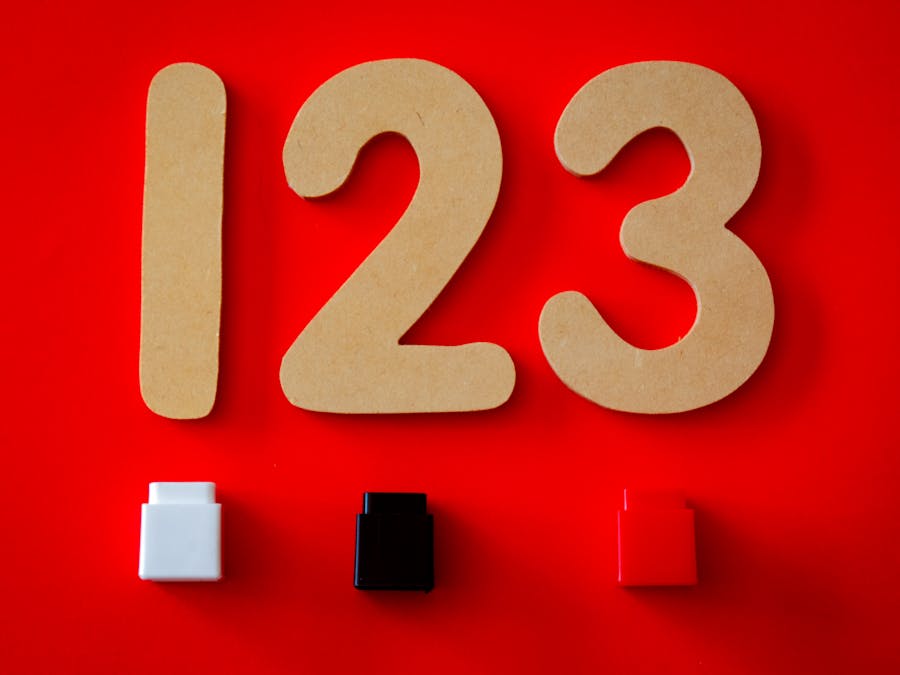 Piano Guidance
Piano Guidance
 Piano Guidance
Piano Guidance

 Photo: Charles Parker
Photo: Charles Parker
The most basic form of chords is called a Triad, which is created by using 3 notes of a scale in order to bring out the basic harmony between this trio of notes.

Length of course: As long as you need. Part of the beauty of Flowkey tools is that you can take as long or as little as you like practising and...
Read More »
Whatever you do, don't let a fail stop you from enjoying music. Exams are just a means to an end, not an end in themselves, and sometimes a fail is...
Read More »
They tested 224 members of 15 different families of musicians and found that musical ability is 50% inherited. Several studies have found that...
Read More »
While this is technically 59% of a standard 104 key full-size keyboard, there could be a number of variations in the number of keys if a 60% is a...
Read More »2. The second 3rd interval determines whether it will be augmented or diminished. 3. Major Triads are always formed with a major 3rd followed by a minor 3rd. 4. Minor Triads are formed with a minor 3rd followed by a major 3rd. 5. Diminished Triads are formed with a minor 3rd followed by another minor 3rd. 6. Augmented Triads are formed with a major 3rd followed by another major 3rd. Once you learn these rules, you can apply them to create any of these 4 triads on any starting key! For example, if you wanted to create an E minor triad, simply start on the key of E, go 3 half steps (or a minor 3rd) to G and 4 half steps (or a major 3rd) to B and you have your triad. As you will quickly learn, there are natural triads that are created within each scale using the step patterns in the scale starting on each individual note. Our E minor triad was formed by starting on the 3rd note of C major and applying the simple triad rules in order to create one of the minor triads within the scale. Once you start to get more comfortable with the scales, you will start to notice all of the underlying triads you can make within each scale by simply applying the step pattern rules for each specific triad. Now that you have a basic knowledge of how to create 3 note chords, we can begin to explore the options we have within a scale to develop melody and harmony, create extended chords on top of our triads and even how to substitute one chord for another entirely. Before we move into more advanced theory, we will take a look at our 2 remaining minor scales and bring it all together.

Kawai doesn't make as many pianos as Yamaha, but you will still find Kawai products in many places. As far as quality is concerned most would agree...
Read More »
Yes it is recommended that in a modern manual transmission you can skip gears when going up or down. For example; when accelerating you can if...
Read More »
Music engraving is the art of drawing music notation at high quality for the purpose of mechanical reproduction. The term music copying is almost...
Read More »
Typical Disadvantages of 12-Hour Shifts Working for 12 hours straight is difficult. One of the most significant cons of 12-hour shifts is worker...
Read More »